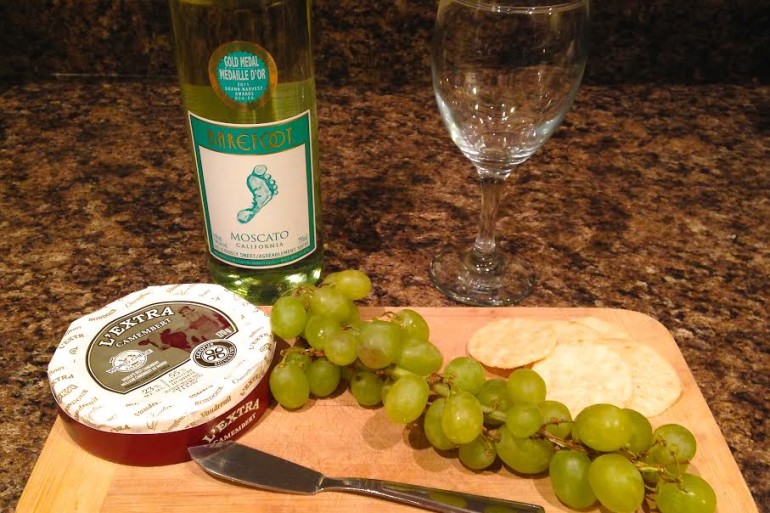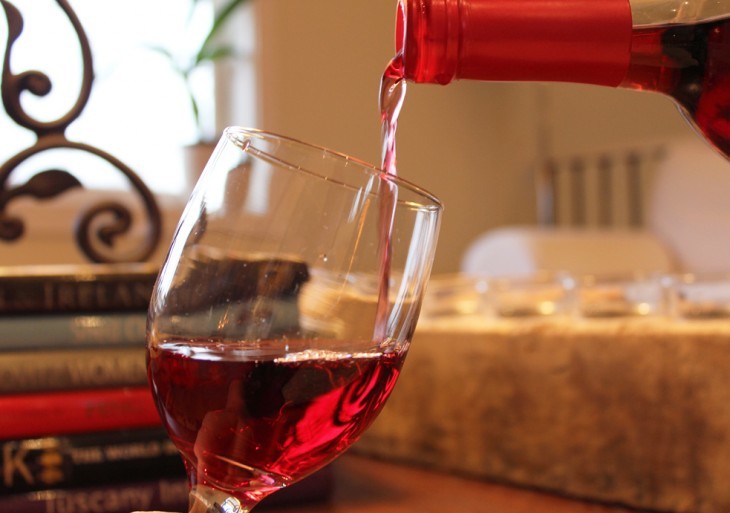You don’t have to be elite, a sommelier, or a wine-snob to have a basic knowledge about wine. Imagine you are being invited to a fancy dinner with your future boss and you are asked to pick the wine. YIKES!
Lets be honest here, your knowledge of wine from college probably consists of how long you can chug without running out of breath and then trying to remember to slap the bag afterwards, amiright? Or if you are way more posh than that and manage to drink wine from actual glass bottles there’s a high chance the bottles had some type of animal image printed on it (a good indication of a $6 bottle that no one really knows where it came from and is disgustingly sweet).

Photo by Crisanta Simon
So, with all that said, do you think you could navigate and pick a wine from a 300 bottle wine list separated by 20 different countries and 50 different varietals? I’m going to take a leap of faith and say no. Wine can be intimidating, so review and use these tips below before that fancy dinner. Soon you will be able to navigate a wine list, know wine based on the dinner options, how to pronounce that choice, how to deal with wine service, and some basic crowd pleasers if you’re that desperate.
What tastes good together?
Now that you can sort of understand the way a list is set up, what do you choose? It is important to note that wine and food pairings can make or break a dinner. The most basic way to think about it is if the food is light the wine should be light. If the food is hardy the wine should be more full.
A light meal like seafood or a salad would pair great with a light and refreshing white wine. A big, full red wine will only kill the delicate flavors of a light dish. Try pairing a Pinot Grigio or Sauvignon Blanc with this type of meal.
The opposite situation is true of a more hardy, robust meal. A deep, full bodied red wine (like a Cabernet Sauvignon) can stand up to the bigger flavors and intensities of a meal like steak or burgers.

Photo by Emma Delaney
There are also the meals that are in-between the two meals types mentioned above. Something like a pasta dish or meatier fish like tuna might pair better with a wine that isn’t too light or dark. This is where a couple wines come into play. Two basic staple wines that would be great for this type of meal would be Pinot Noir and Merlot. These wines are red but are the lightest in body of all red wines and can also be a go-to if you can’t decide if a meal is too light or too dark.
One last note on pairings is for the wine Chardonnay. Chardonnay can either be very “oaky and butter” or quite the opposite with more crisp, tropical fruits. If you have a dish that is creamy or buttery and you’re not sure what would go well, try a California chardonnay, which is notorious for “oaky and buttery” and pairs great with creamy dishes and lighter meats.
Pronunciation
This is probably the area that would be most embarrassing if you were to mess up at the dinner table. It’s important to know how to pronounce the names of typical wines so you don’t look like an idiot when you order a “peanut no-er” (Pinot Noir) from the waiter (yes, I’ve heard it said before).
- Pinot Gris/Grigio (different based on the region it comes from) – “pee-know gree/gree-geo” The “geo” part sounds more like a Z sometimes but not a hard Z.
- Sauvignon Blanc – “sow-viñon bl-ah-nk”
- Chardonnay – “sh-ardonnay”
- Riesling – “ree-sling”
- Pinot Noir – “pee-know know-our”
- Cabernet Sauvignon – “cah-ber-nay sow-viñon”
- Merlot – “mer-low”
- Syrah/Shiraz (same wine different spelling) – “sear-rah” or “shear-ahz”
How to deal with wine service

Photo by Devon Carlson
At a fancy restaurant the waiters don’t just put the bottle down and expect you to do it yourself. There is a very formal way for wine to be serviced to the table and sometimes it can catch a person off-guard if they don’t know what the server is doing. Here are some tips on how to deal with wine if it is being served to you.
- The server will come to your side with the bottle you selected (or to whoever selected the bottle) and he/she will state some information about the bottle
- They will wait for you to say something back to them. This is where it can get awkward if you didn’t know. They want you to acknowledge that it is the correct bottle that you selected. Just say yes unless it looks completely wrong.
- The server will then go through an elaborate opening of the bottle. Try not to stare even though it can be interesting. Your company has probably seen it done a million times and it also is stressful on the server. Continue conversations; don’t stay quiet.
- The server will pour a small tasting around 1 oz. Please don’t be upset thinking this is all the wine they are going to serve you. The server wants you to taste the wine before pouring the whole bottle to make sure that it is acceptable and tastes good to you. Make sure that you tell the server it’s OK!
- The server will pour the wine to everyone else besides you and then finish with you.
- Now you can drink it!
Crowd pleasers
If you feel you are at a loss and don’t know what bottle to select, here are some basic crown pleasers.
- Napa Valley Chardonnay (white)
- Italian Pinot Grigio (white)
- New Zealand Sauvignon Blanc (white)
- Oregon Pinot Noir (red)
- French Merlot (red)
- Argentinian Malbec (red)
- Australian Shiraz (red)
- Napa Valley Cabernet Sauvignon (red)
Your crash course is now complete! Now go out there and kill that job interview or meeting with your stellar knowledge of wine. And hopefully you’ll move on from the bag slaps.
You’re probably all wondering where I got this information from. What’s kind of cool is that it’s actually all my knowledge. My school has a great food and beverage program and that’s where I have learned about all this stuff. However, if you want to get more info I read this super easy read “Wines for Dummies” when I started taking beverage classes. It’s a great book and teaches you all the basics plus more if you want – happy drinking!
Still interested in making the most of your boozy adventures? Check out these articles.


